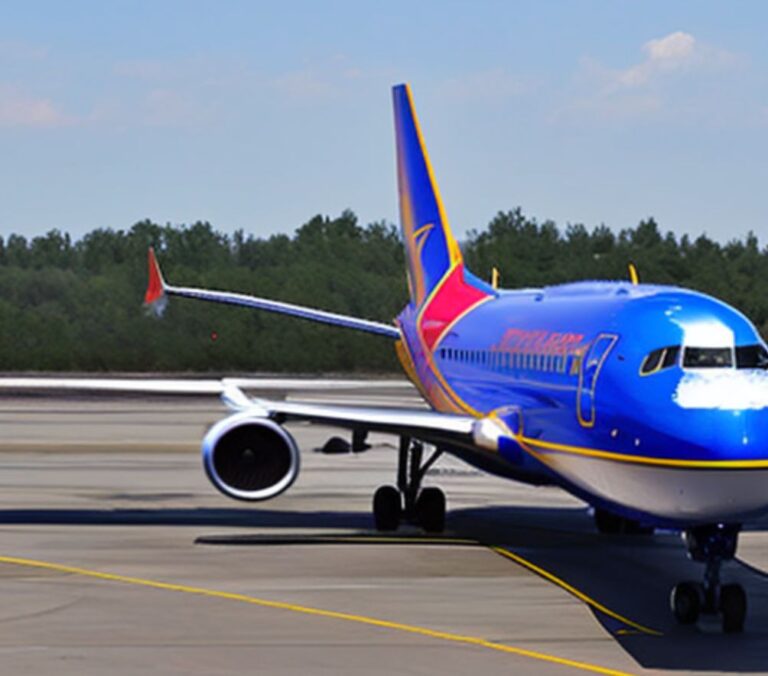History
Established in 2001, Citilink is an Indonesian low-cost airline that operates as a subsidiary of the renowned Garuda Indonesia. Initially formed as a shuttle service airline, Citilink transformed into a fully independent low-cost carrier in 2012. Its headquarters are located in Jakarta, Indonesia’s sprawling capital, and it operates from multiple hubs across the nation.
Operations and Fleet
Citilink operates a fleet of modern Airbus and ATR aircraft, boasting impressive fuel efficiency and cost-effectiveness. As of September 2021, the airline serves more than 30 domestic routes and a handful of international destinations, primarily in Southeast Asia.
Despite its low-cost model, Citilink offers a range of amenities to its passengers. In alignment with its commitment to providing value-for-money, Citilink was one of the first low-cost carriers in the region to offer inflight WiFi, a feature generally associated with full-service airlines.
Comparisons and Context
Let’s explore how Citilink compares with other airlines around the world.
In terms of its market positioning and business model, Citilink has much in common with JetBlue Airlines. Both carriers aim to provide high-quality services at affordable prices. However, where JetBlue operates in a more mature North American market, Citilink thrives in the dynamic and rapidly expanding Indonesian and Southeast Asian markets.
Contrasted with Japan Airlines, Citilink represents a different approach to aviation. While Japan Airlines is a full-service carrier known for its exceptional service, Citilink is a no-frills airline prioritizing affordability and efficiency. However, both carriers demonstrate a commitment to reliability and punctuality.
In the regional context, Citilink can be compared to Philippine Airlines. While Philippine Airlines is the flag carrier of the Philippines offering a range of services across multiple classes, Citilink focuses solely on the budget sector. Despite these differences, both airlines play crucial roles in connecting the sprawling archipelagos of their respective countries.
When compared to Korean Airlines, an airline known for its comprehensive in-flight service, Citilink’s no-frills approach stands out. Korean Air is recognized for offering a premium experience, whereas Citilink’s strength lies in its commitment to affordability and efficiency.
Finally, against LOT Polish Airlines, Citilink demonstrates the contrasting realities of different aviation markets. LOT, as a European airline, operates in a highly regulated environment with intense competition, while Citilink thrives in the rapidly growing and somewhat less saturated Indonesian market.
Citilink and Its Modern Journey
In the present day, Citilink stands as a dominant player in Indonesia’s burgeoning low-cost market, and it has begun to make a mark on international routes in the broader Southeast Asia region. It has consistently been recognized in surveys as a favorite among travelers, as detailed in the list of best-ranked airlines by travelers.
Despite its low-cost model, Citilink has made notable strides in incorporating technology and amenities usually associated with higher-end carriers, such as inflight WiFi, demonstrating a commitment to enhancing the passenger experience. This has been detailed in the list of airlines with WiFi. The airline is also recognized for its dedication to punctuality and reliability, contributing to its strong reputation in the region.
Citilink also has a
frequent flyer program, called GarudaMiles, which allows passengers to earn and redeem miles on flights not just with Citilink but also with its parent company, Garuda Indonesia, and other partner airlines. This program offers travelers additional value and further enhances the Citilink experience. More about such programs can be found in the article on frequent flyer programs.
Future Outlook
Looking forward, Citilink is poised to continue growing as it capitalizes on the increasing demand for affordable air travel within Indonesia and Southeast Asia. The region’s growing middle class and improving infrastructure are likely to drive further expansion in the low-cost travel market, and Citilink, with its strong brand and operational excellence, is well-positioned to benefit from this trend.
However, the airline will need to navigate challenges, including intense competition from other low-cost carriers and fluctuating fuel prices. The COVID-19 pandemic has also had a profound impact on the aviation industry, forcing airlines, including Citilink, to adapt to shifting travel norms and expectations.
Despite these challenges, Citilink’s future appears bright. Its commitment to value-for-money, coupled with its modern fleet and strong regional brand, will likely see the airline continue to thrive in the fast-paced and dynamic Southeast Asian market.
In conclusion, Citilink offers an impressive case study in the low-cost airline sector. With its commitment to efficiency, affordability, and passenger experience, the airline has successfully navigated a rapidly growing market and stands as a testament to the strength of the low-cost model in the region. As Indonesia and Southeast Asia continue to develop, Citilink is well-poised to soar to new heights.


